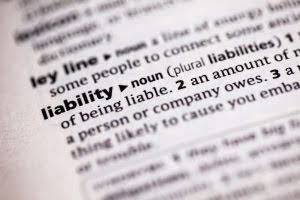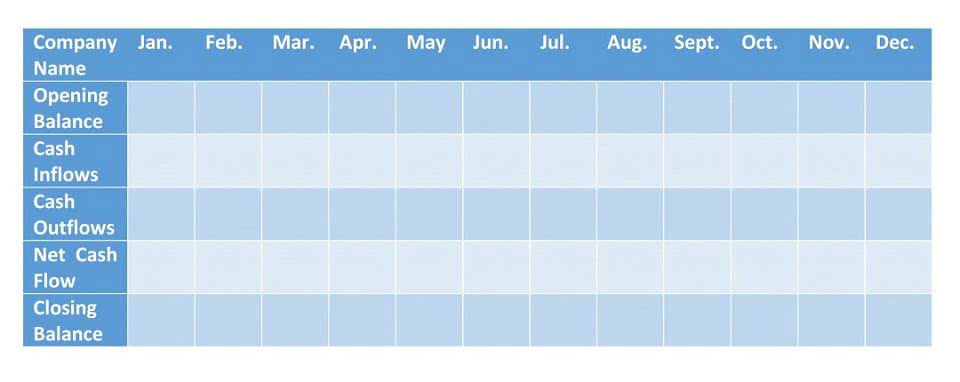
If you’re part of a partnership or thinking about starting one, it’s important to understand your tax obligations. One of the most essential forms you’ll come across is Form 1065. Return of Partnership Income,” and it’s the form that partnerships use to report their financial activity to the IRS each year. If you’re in a general partnership, limited partnership, or even an LLC taxed as a partnership, you’ll most likely be required to file Form 1065.
What is Form 1120-S: Tax Return for S Corporations?
Report credits related accounting to rental real estate activities on Schedule K, lines 15c and 15d (box 15, codes E and F, of Schedule K-1), and low-income housing credits on Schedule K, lines 15a and 15b (box 15, codes C and D, of Schedule K-1). Complete every applicable entry space on Form 1065 and Schedule K-1. Don’t enter “See attached” instead of completing the entry spaces. Penalties may be assessed if the partnership files an incomplete return.
Schedule K-1
- Often, partnerships inadvertently leave money on the table by not claiming deductions they qualify for.
- Report loss items that are passive activity amounts to you following the Instructions for Form 8582.
- Enter deductions not included on lines 12, 13a, 13b, 13c, 13d(2), and 21.
- Supply any information needed by a partner to figure the interest due under section 453(l)(3).
- Properly managing and documenting business income and expenses are crucial for accurate reporting on Form 1065.
- For more information, see section 163(j) and the Instructions for Form 8990.
For tax Year 1, the partnership would enter $1,500 in box 20 under code X as the aggregate ending balance of the partner’s or related person’s payment obligations. Report each partner’s distributive share of amounts reported on lines 20a and 20b (investment income and expenses) in box 20 of Schedule K-1 using codes A and B, respectively. Enter on line 19b the total distributions to each partner of property not included on line 19a.

Schedule K-1 vs. Form 1065
Don’t include the amount attributable to PTEP in your annual PTEP accounts on Form 1040 or 1040-SR, line 3a. Use Schedule K-3, Part V, to determine your share of distributions by foreign corporations to the partnership that are attributable to PTEP in your annual PTEP accounts with respect to the foreign corporations. Don’t include the amount attributable to PTEP in your annual PTEP accounts on Form 1040 or 1040-SR, line 3b. The amount in box 3 is a passive activity amount for all partners.
For example, if your partnership uses a standard calendar year, Form 1065 would be due by March 15 of the following year. Let’s what is a 1065 get into more details on Form 1065, the schedules that need to be completed, and how to file one, so you can get back to running your business. Schedule K-1 is a supplemental form partnerships and multi-member LLCs must file with their partnership form.
Item M. Did the Partner Contribute Property With a Built-in Gain or Loss?

Guaranteed payments to general partners and limited partners for services provided to the partnership are net earnings from self-employment and are reported on this line. If the partnership is engaged solely in the operation of a group investment program, earnings from the operation generally aren’t self-employment earnings for either general or limited partners. If the partnership is required to file Form 8990, it may determine it has EBIE. If so, enter the amount from Form 8990, Part II, line 32, for EBIE. Use code G to report the contributions below and, on an attached statement, provide the following information.
- This comprehensive guide will provide detailed insights on the nature, function, and filing process for Form 1065.
- Schedule L is a balance sheet, detailing all of your business’s assets, liabilities and capital, and is designed to keep the IRS apprised about the financial state of your partnership.
- Alongside Form 1065, the partnership must also issue a Schedule K-1 to each partner.
- Since a partnership’s profit is still flowing through to another person, the IRS doesn’t prematurely tax the partnership.
- Conversely, a final return informs the IRS that you’re winding down.
- The partnership should also keep copies of all returns it has filed.
Giving Inheritance Before Death: Significant Steps to Tax-Smart Giving

The food inventory contribution isn’t included in the amount reported in box 13 using code C. The partnership will also report your share of the partnership’s net income from the business activities that made the food inventory contribution(s). Amounts that exceed the 15% limitation may be carried over for up to 5 years.

- Also known as a US Return of Partnership Income, IRS Form 1065 is an information return that’s used to report partnership income and losses for the year.
- If you receive an interest in a partnership by reason of a former partner’s death, you must provide the partnership with your name and TIN.
- Schedule M-1 is a reconciliation schedule used by partnerships to adjust their financial records in accordance with the IRS’s taxable income requirements.
- Instead, a passive loss from a PTP is suspended and carried forward to be applied against passive income from the same PTP in later years.
- Form 1065 is designed to provide transparency regarding the partnership’s financial operations.
- Any gain or loss from Schedule D (Form 1065), line 7 or 15, that isn’t portfolio income (for example, gain or loss from the disposition of nondepreciable personal property used in a trade or business).
- When the partnership has more than one activity for at-risk purposes, it’ll check this box and attach a statement.
If you are a partner in a partnership, the information you need to prepare your individual tax return is on the Schedule K-1, not on Form 1065. The amounts reported reflect your distributive share of the partnership’s W-2 wages allocable to the qualified payments of each qualified trade, business, or aggregation. The amounts reported reflect your distributive share of the partnership’s W-2 wages https://www.bookstime.com/articles/accountant-for-freelancers allocable to the QBI of each qualified trade, business, or aggregation.